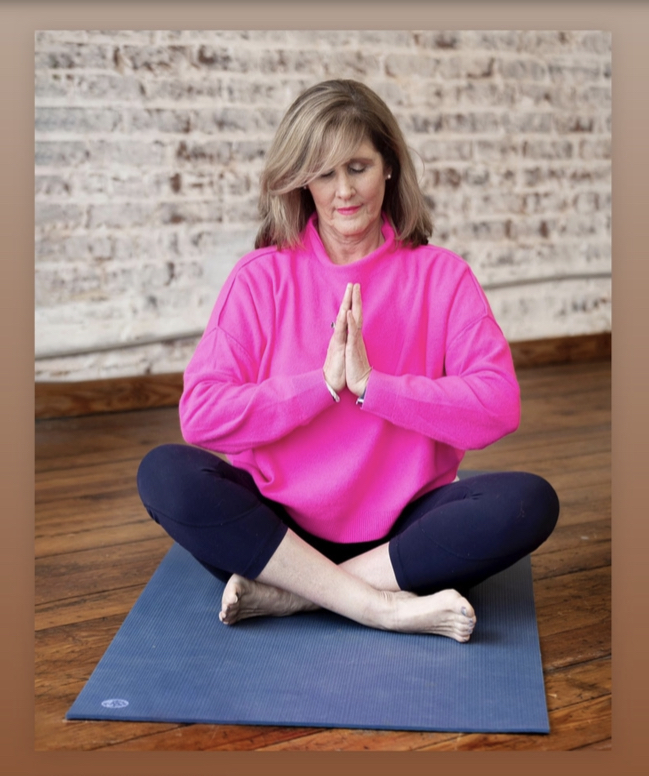Are you caught up in the busi-ness of life?
As a successful woman, it’s easy to get caught up in the hustle and bustle of life. We’re always on the go, striving to accomplish more than the day before, and pushing ourselves to be the best we can be. Amidst all this chaos, it’s important to take a moment to pause, reflect and be still. Learning to meditate can offer many benefits, including increased focus, energy and inner knowing. In this blog post, we’ll explore the benefits of meditation, how to meditate, and the best meditative postures to help you get started on your journey to inner peace.
Breathe In/Breathe Out
Meditation is the practice of focusing your mind and slowing down the constant buzzing that’s happening in your head. There are many ways to meditate, but one of the easiest is through a simple breathing exercise. Sit comfortably with your back straight and begin to focus on your breath. Inhale deeply through your nose and exhale through your mouth. Repeat this for several minutes. Over time, as you become more accustomed to the practice, extend the length of each inhale and exhale. This will help you relax and find a sense of calm.

Let’s dive into some of the best meditative postures.
Sitting cross-legged on the floor is the most common practice, but it’s not necessarily the most comfortable for everyone. If this is the case, consider using a cushion, pillow, or even a folded blanket to support you. The goal is to elevate your hips so that your knees are lower than your hips. This helps with spinal alignment, which is key to reducing discomfort during meditation. Another popular posture is the lotus position, where the legs are crossed together, and the feet rest on the opposite thigh.
As you begin to improve your meditation practice, you’ll find that the benefits start to appear in all areas of your life. One of the most notable advantages is increased focus and energy. You’ll find yourself better able to concentrate on your work, having more mental clarity and less distracted by external stimuli. Additionally, you’ll find that your body responds positively to meditation by reducing stress levels, which in turn can help you sleep better at night.
How often should you practice meditation?
As with any new habit, it’s important to start with a realistic goal. Set aside five to ten minutes each day to practice meditating. Some people find it helpful to practice in the morning, before starting their day, while others prefer to unwind at night before bed. Whatever works best for you, make it a consistent habit so that you can reap the full benefits of the practice.
Now that you understand the benefits of meditation, the best meditative postures, and how to get started, it’s time to take action. Make a commitment to yourself to practice meditation every day, even if it’s only for a few minutes. As you continue to progress in your practice, you’ll find that you become more in tune with your inner self, gain more clarity and focus, and feel more grounded in your everyday life. We all have the capability to improve our well-being, and meditation is a powerful tool to help us achieve that.
Take a deep breath, sit up straight, and let’s begin. Be sure to join The Radiant Soul Sisters FaceBook group and let us know how your meditation is going. If you practice regularly please share a tip in the group, too!

